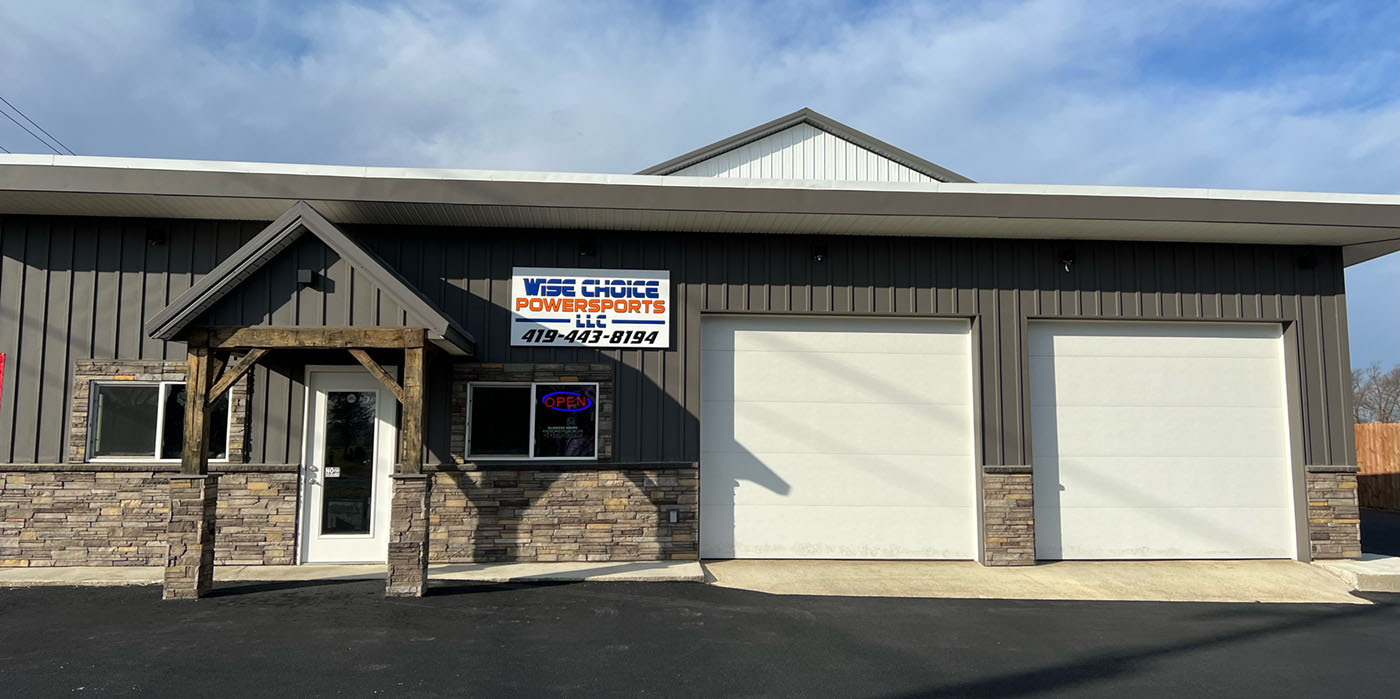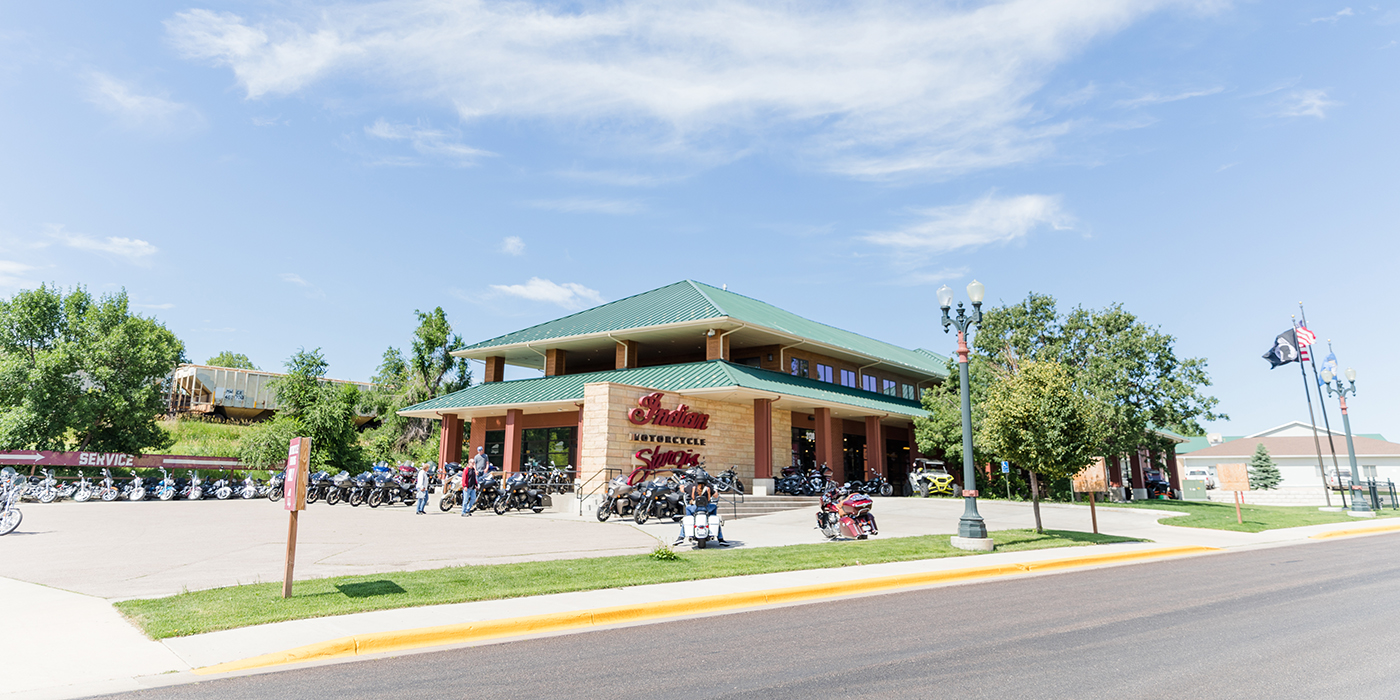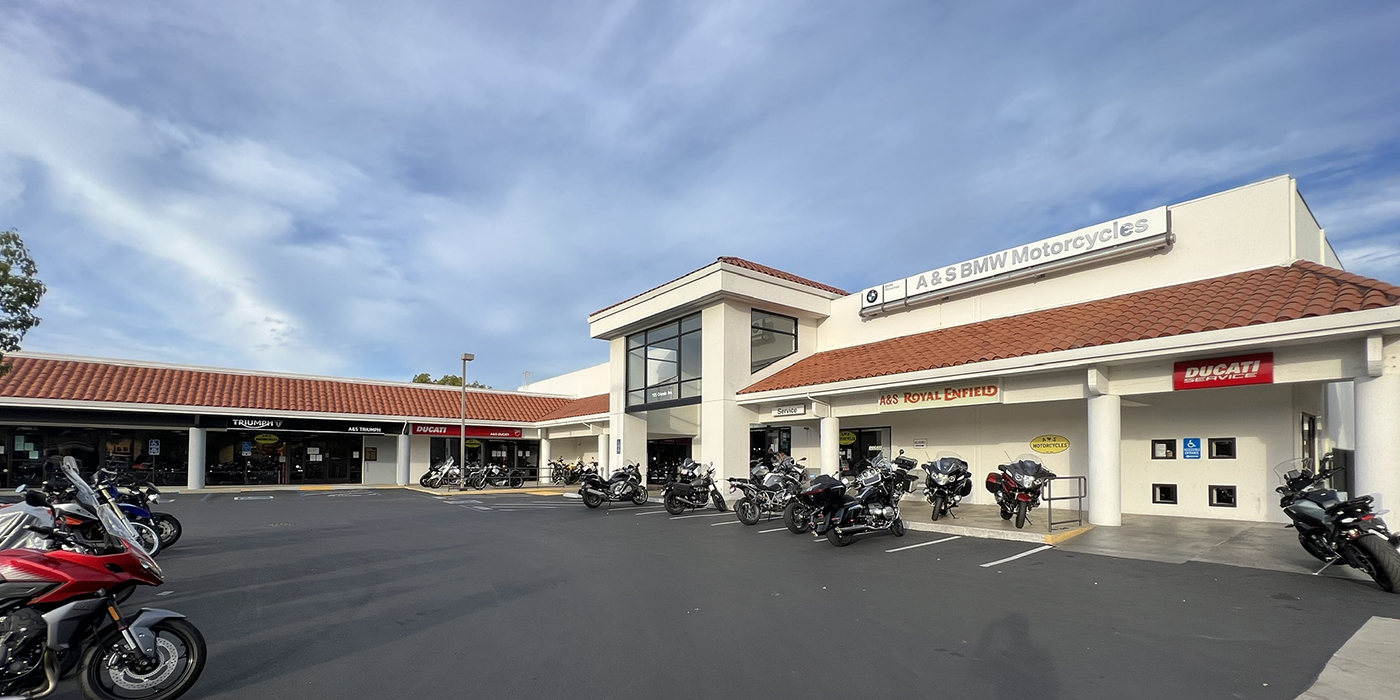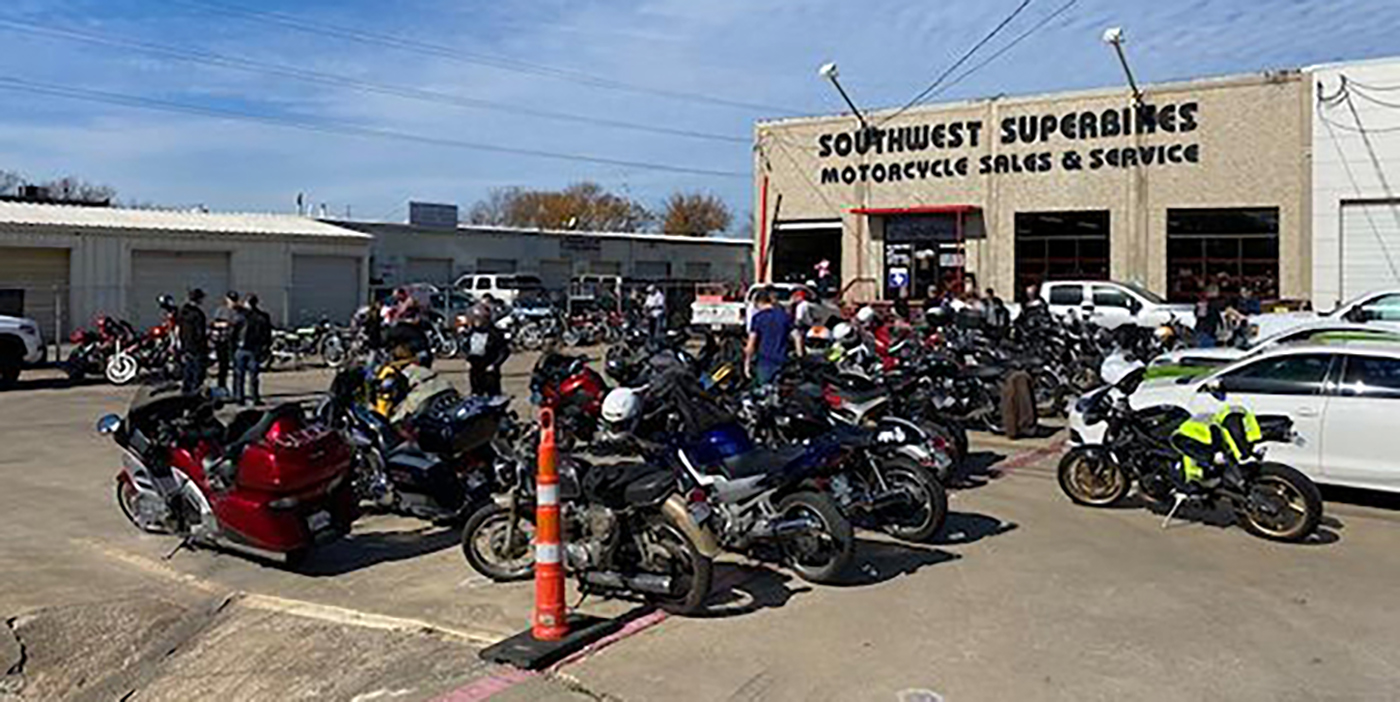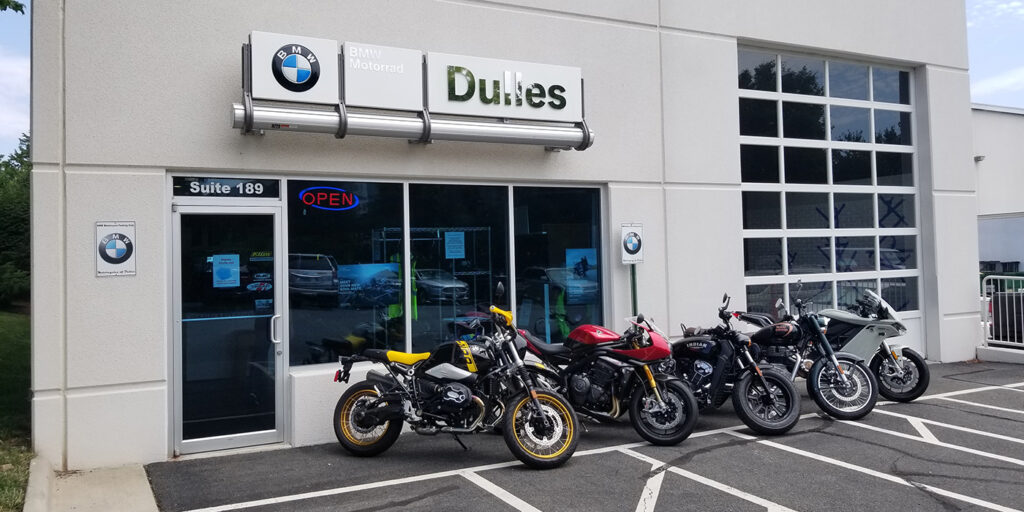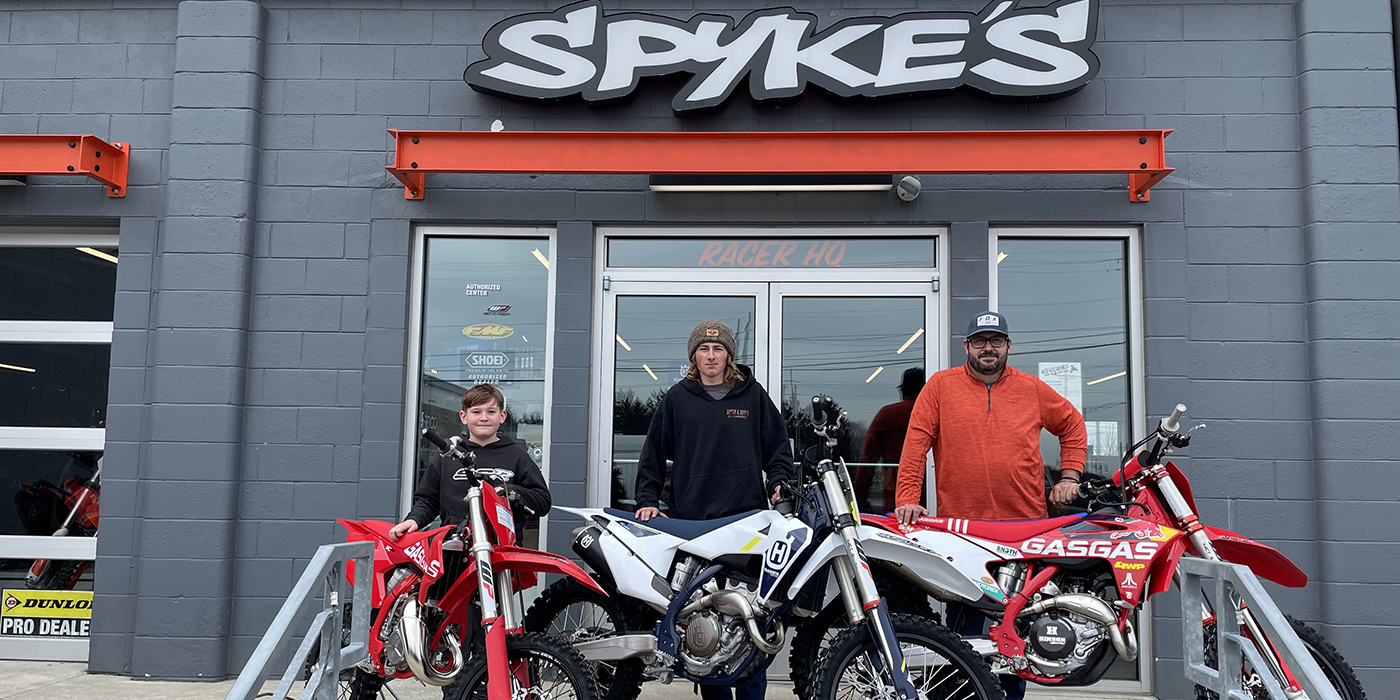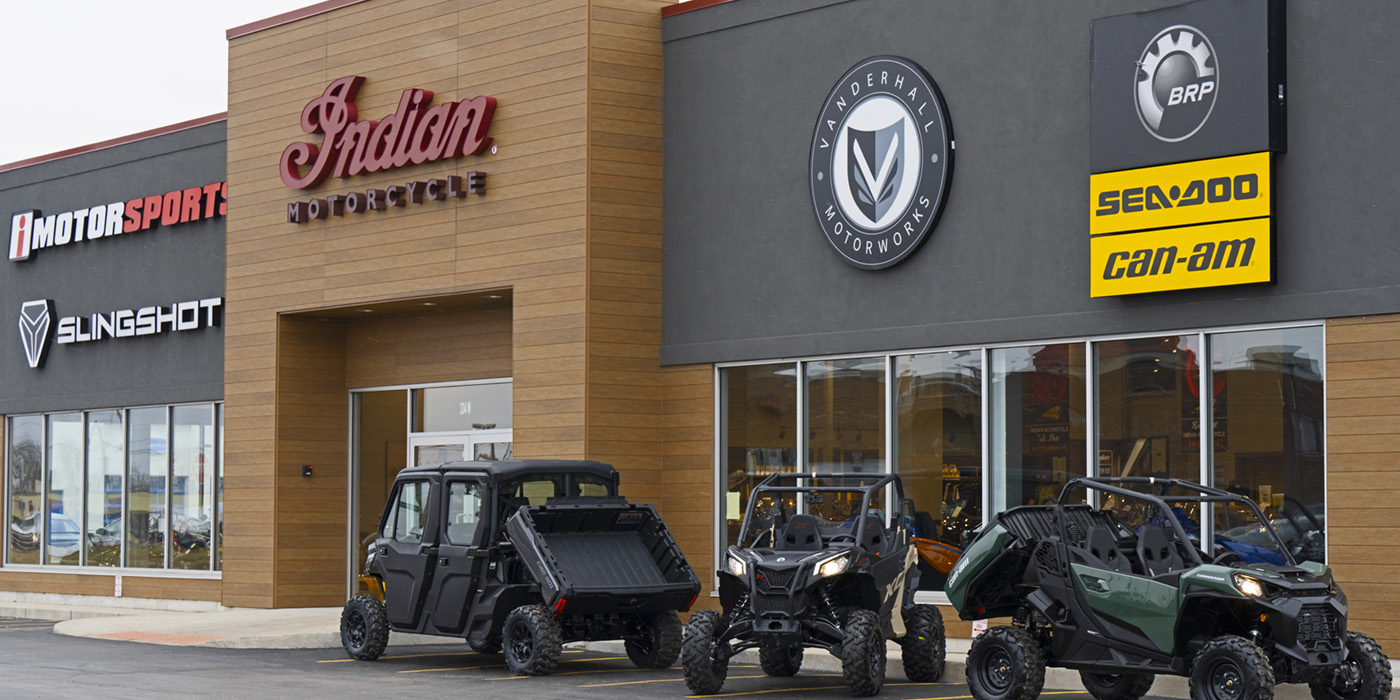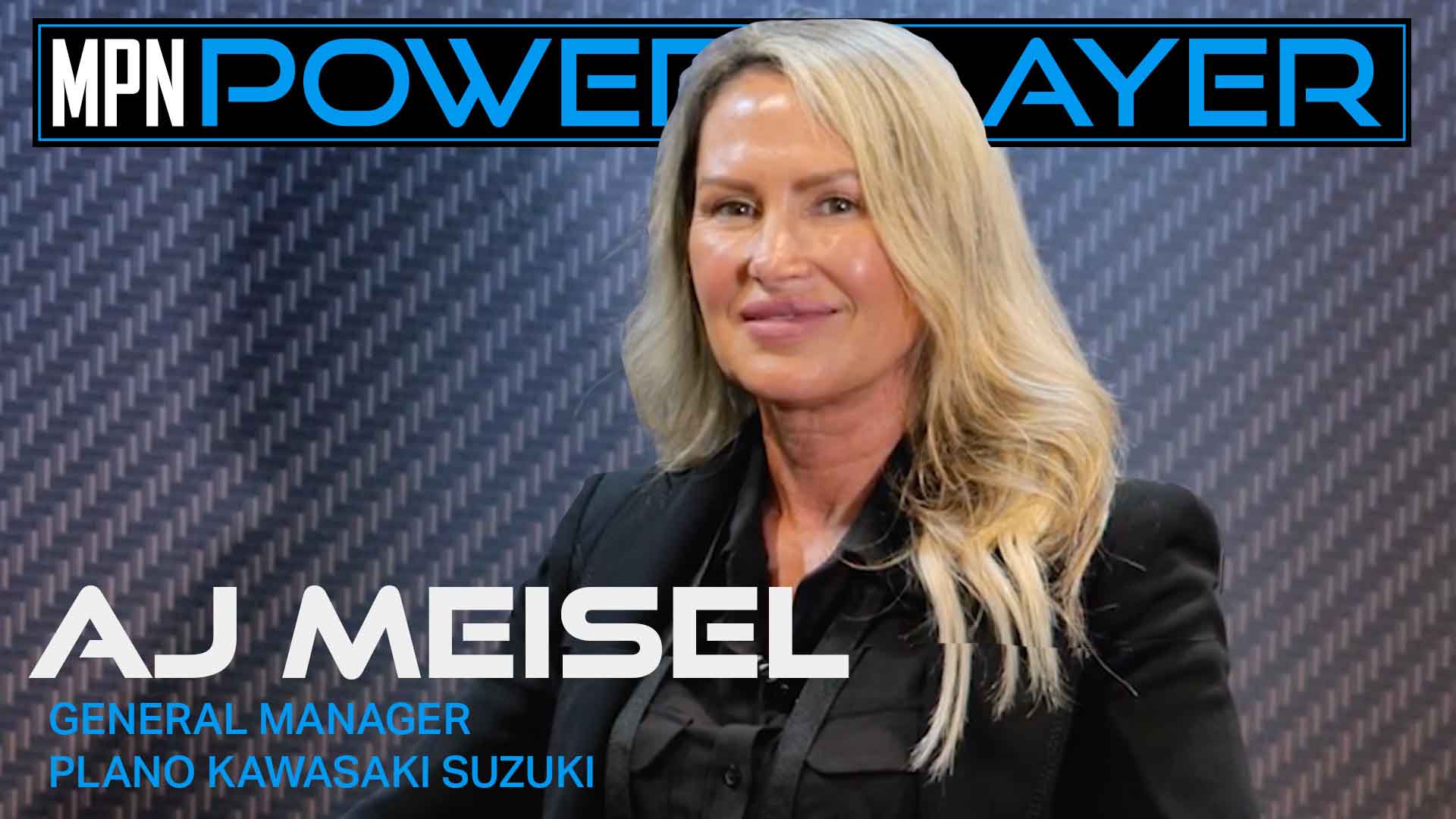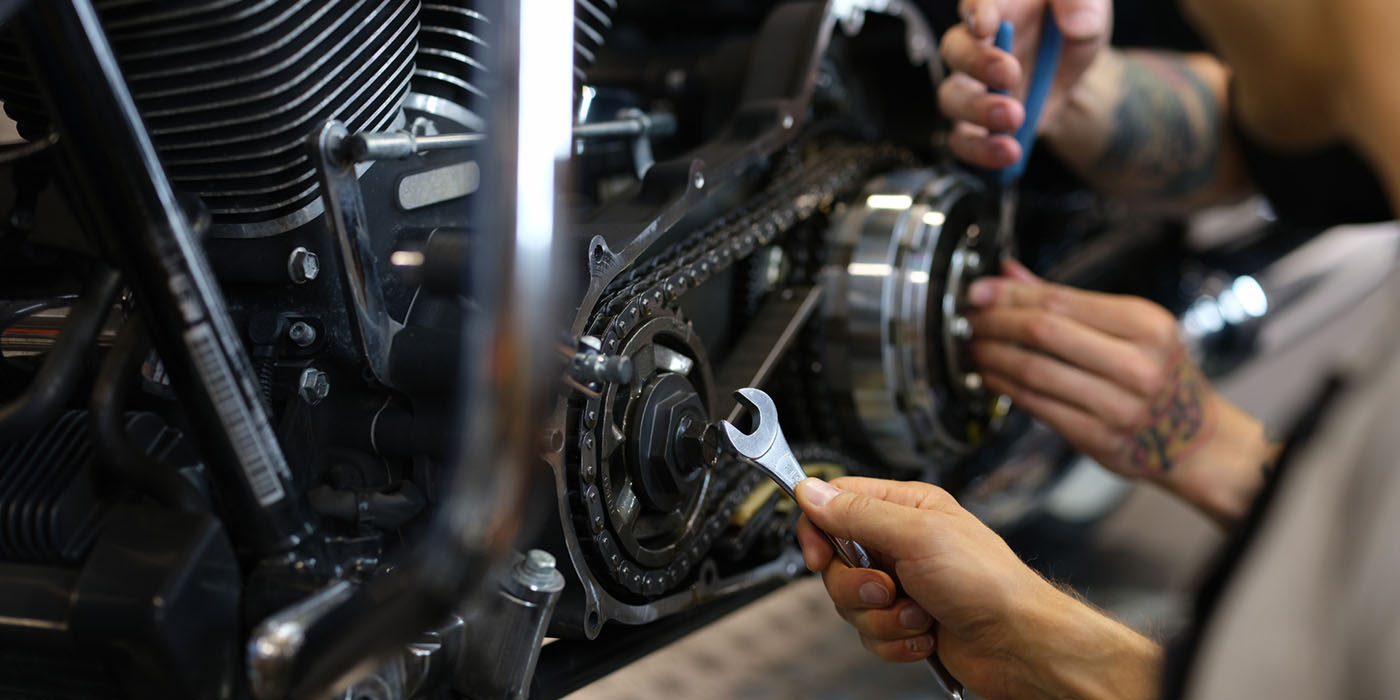The Otis Hackett group has been conducting a new round of phone surveys lately (thank you for taking our calls) focused on the solutions that you’re using to combat the downward-spiraling economy. We’re finding a few common situations, many of which involve departments other than sales an F&I.
Common Situation #1: With the state of the economy, most of you are focusing nearly all of your energy on reducing expenses and aren’t necessarily focusing on growing revenue in departments that haven’t traditionally been profitable. Why not? It doesn’t necessarily require any more energy to increase your revenue?
Common Situation #2: Unit sales are down, but people are still riding, and their older units need more maintenance and repair than the new ones; the ones they’re not buying. Is your service department ready to handle all of that repair work, and do it profitably? If not, why not?
Common Situation #3: Most service departments don’t contribute greatly to the bottom-line profit of the dealership because most dealers aren’t managing the service department like a profit center. Why not? If you’re doing more service work, and your service department wasn’t profitable to begin with, what changes are you making to render it a profitable department?
Okay, now for the really big picture situation: With the economy and unit sales down, you need your service department to be a profitable department more than ever before.
The car business model migrated years ago from major unit sales being the most profitable department to service often being the most, sometimes even the only, profitable department. Case in point: BMW doesn’t even refer to their automobile dealerships as dealerships; they’re called service centers. We’ve got to move toward that now if we’re going to come out the other side of this economic situation — but how?
The Otis Hackett Group is working with a dealership that has improved its efficiency from 16 percent to 82 percent in a matter of a few months, with much of that improvement achieved in the first month. The most immediate and obvious manifestation was that one of their techs who had never billed more than 80 hours in a month shot up to 125 hours in the first month. More impressively, he’s sustained that level for four months. The not-so-immediate result (albeit far more important) is that the service department is profitable for the first time in the five years under the current ownership.
I can hear you asking how this dealer attained these impressive figures, which is exactly what I asked Bob Fitzpatrick, our service department trainer. After all, you can’t just magically create more work … can you?
“Well, Otis,” he replied in a rather c’mon-Otis-try-and-keep-up tone, “you know that two-week waiting list most service departments have in the heart of the season? And you know how it never seems to grow much past two weeks? And you know how it never seems to shrink much smaller than two weeks either, until of course, the season starts winding down? Well did yuh ever wonder why?”
The reason that it never gets any longer than two weeks, is because most people just won’t wait any longer than that. Likewise, it never gets any shorter than two weeks, because people will wait that long, but no longer! Most high-end restaurants have a similar dilemma trying to reach their capacity on a busy Friday night. People will only wait so long for a table, no matter how much they want to impress their date. The only way for restaurants to improve their turns is to get more people in and out. It’s the same thing with service.
So how do they do it in restaurants? The first and most baffling thing they do is cut back on the work that the servers do. They take away bussing tables and seating customers and running food so that they can concentrate on what they do best: selling food. With support positions responsible for those activities, the servers can remain focused, and those things happen much more quickly too. Now the server is able to wait on twice as many tables, not to mention focus merely on selling specials and add-ons. Hmmm … quicker turns, happier, more satisfied customers, bigger tickets, better dispersion of workload, more specialization on the team. Sounds perfect, right?
The most profitable motorcycle service department I’ve ever seen has four technicians, four support staff, a service manager, a service advisor/warranty administrator and two porters. Each technician has two lifts which are nearly always full, even though the techs only work on one unit at a time. A porter pushes the unit on the lift, and lays out the parts and tools for the tech for the unit on lift B while the tech is working on the unit on lift A.
After the tech does a road test, they either drop the unit off at the staging area and start working on the next unit, with all the parts and tools pre-pulled, or they bring it back to the lift for more work. When the porters see an empty lift they go to the service advisor to ask what goes where next. I’m told that the efficiency gained by that operational discipline alone saves enough money to more than pay for the one-to-one tech-to-support ratio. The techs are teching, the porters are portering, the manager is managing, and more importantly, the service advisors are advising (pronounced selling). And as an added benefit, each and every one on the team is less distracted.
So now what? You start by measuring efficiency, proficiency and productivity. (Oh no! Are you still harping on that measure, monitor and maintain thing, Otis? Well I told you I’d lay off it for at least a month… and it’s been three!)
Once you begin to manage from what you’ve learned by measuring, a few things can happen, all of them resulting in increased gross profit:
As you increase your service department’s productivity, the jobs on that list get brought forward. That means more hours sold and delivered in a day, week, month and so on. Therefore, the waiting list shrinks and people can call in for appointments knowing that they’ll be less than two weeks out. Therefore, the capacity of your service department actually increases.
“When you track your numbers, there’s no way to lie to yourself,” said Brian, the service manager at one of our client dealerships. “And then all you have to do is have guys that work efficiently and have a desk person that can sell the job. The rest is money in the bank. Even though your waiting list doesn’t necessarily get that much shorter, you’re putting more work into those two weeks.”
Call the OHG office and ask for Bob, our service trainer, and ask him about what we did to help Brian get his dealership’s numbers up. Bob will be glad to discuss what we implemented there. I’ve also gotten permission from the dealer principal and from Brian to pass on their contact information so you can verify the results they’re getting.
I dare you to lead the way in this new market. I dare you to begin to measure and monitor your key metrics of efficiency, proficiency and productivity. If you need some help getting started, contact us and we’ll get you in touch with Bob. Be the dealer who forges the way in this new market with better service from your own service department.

